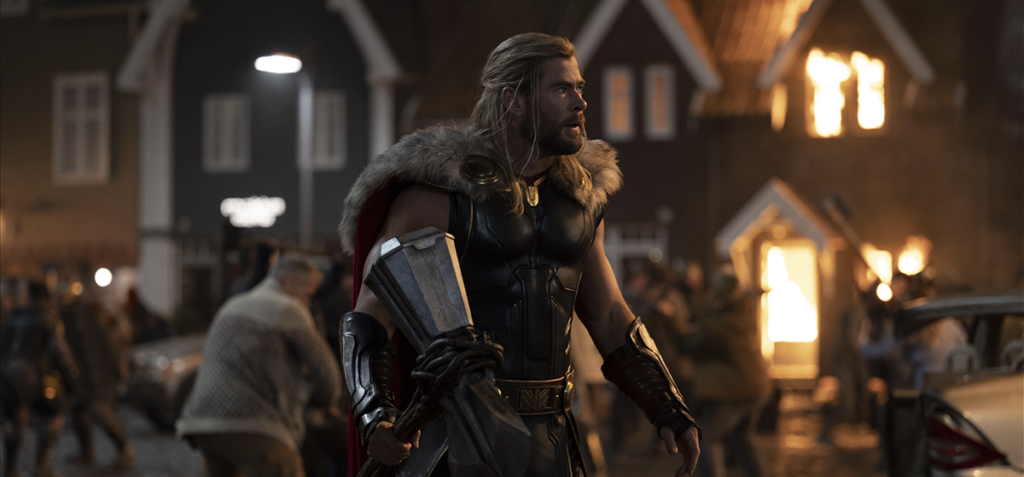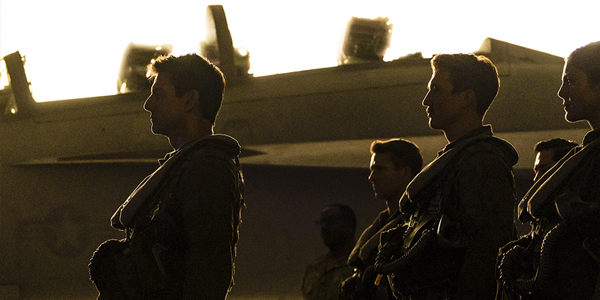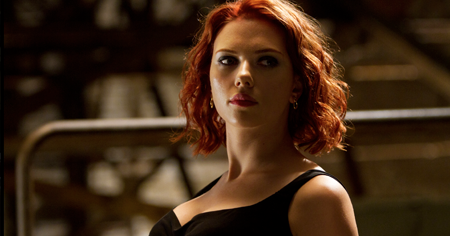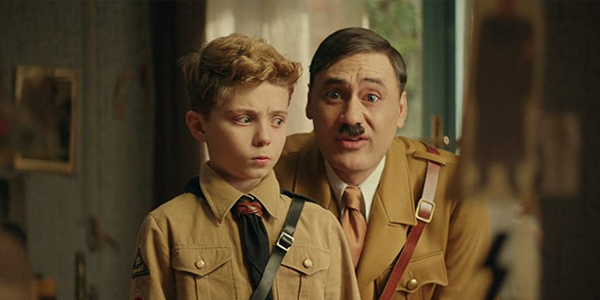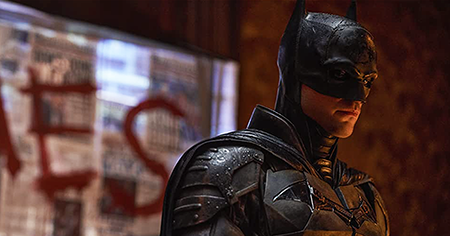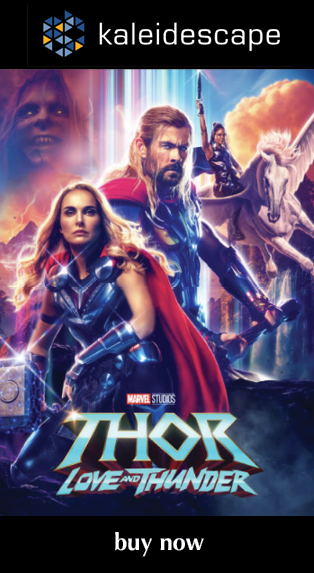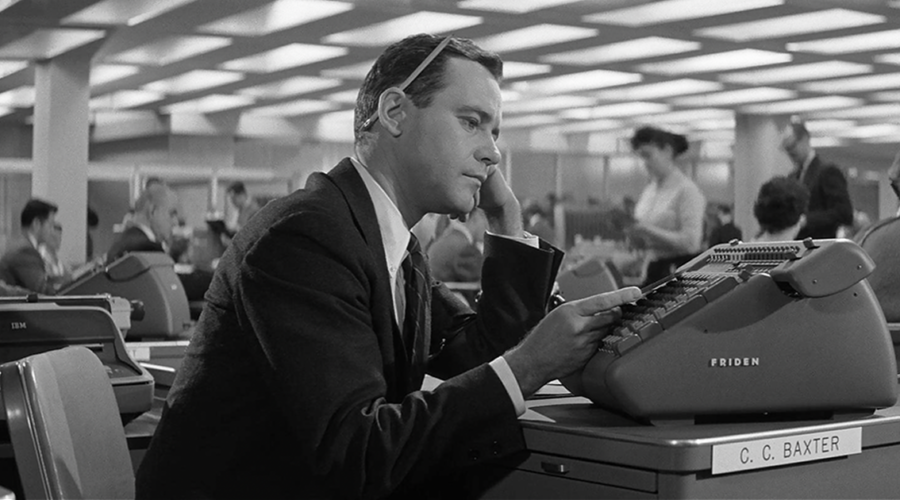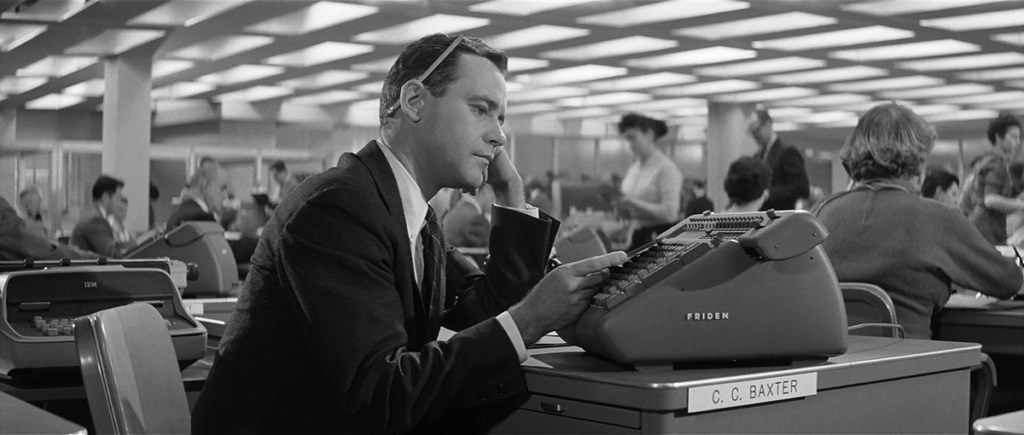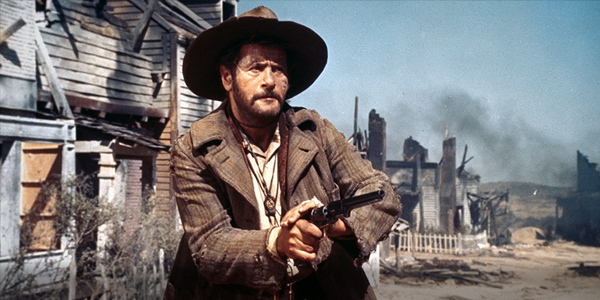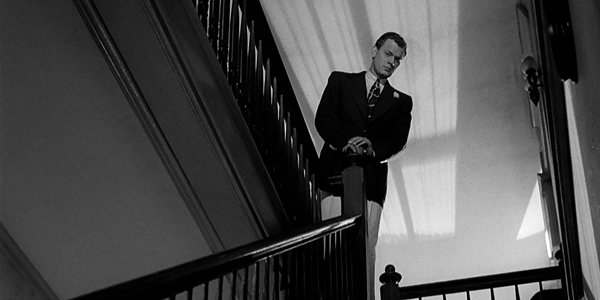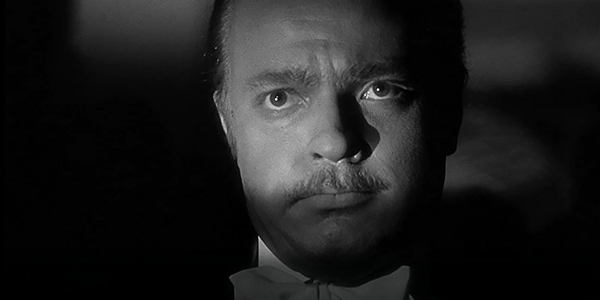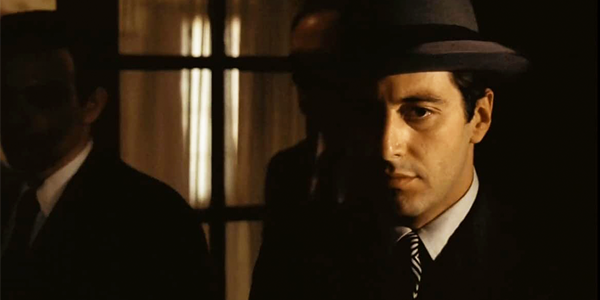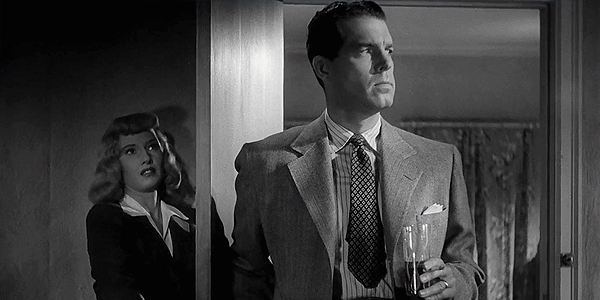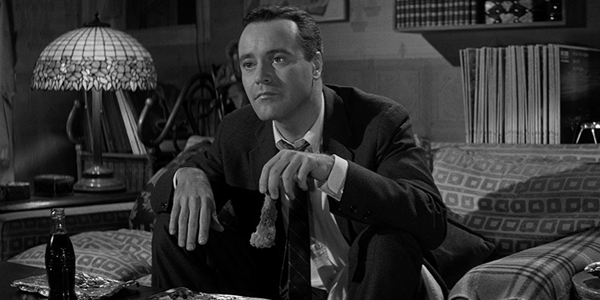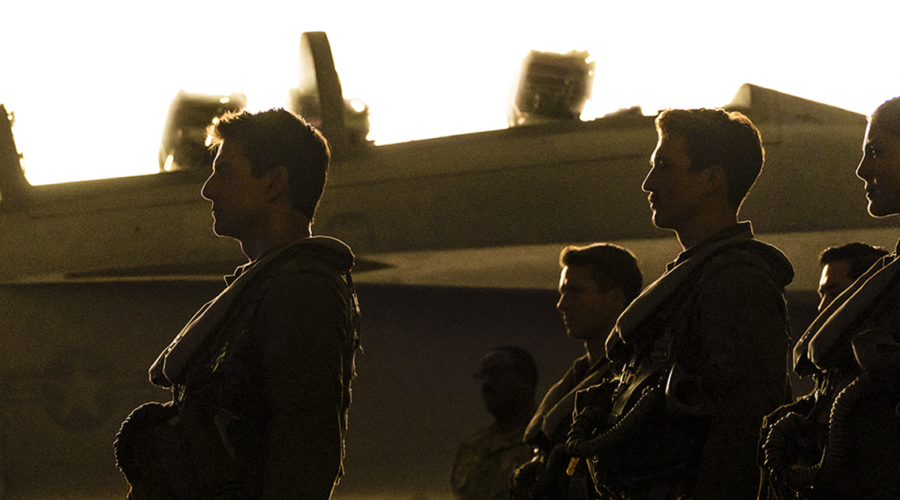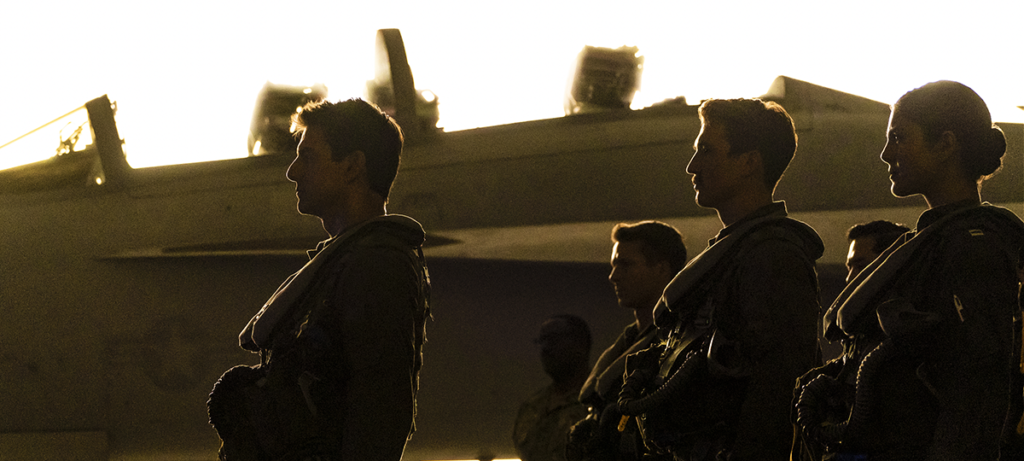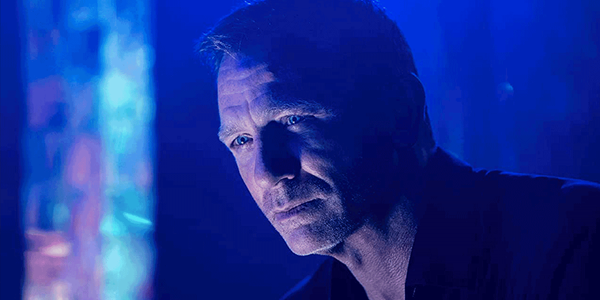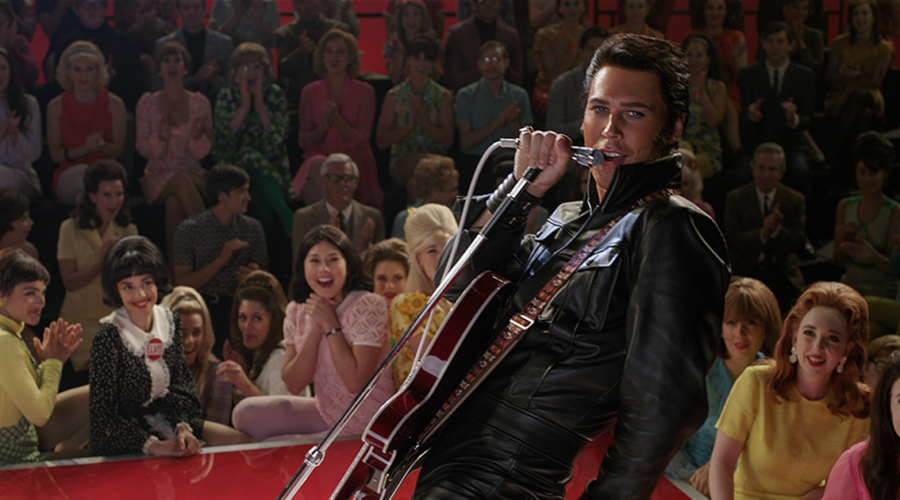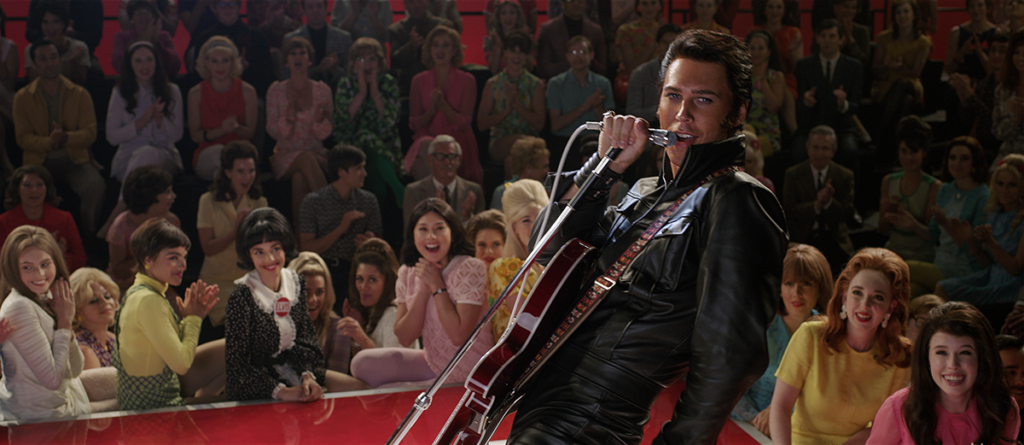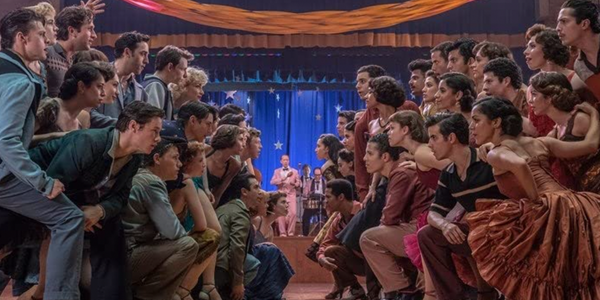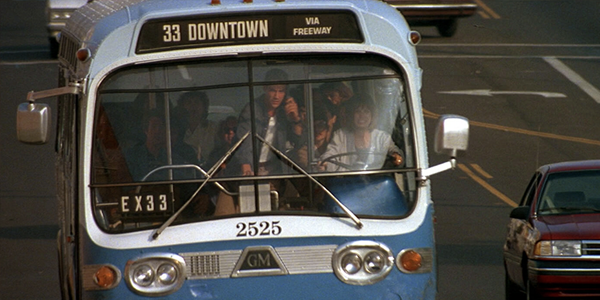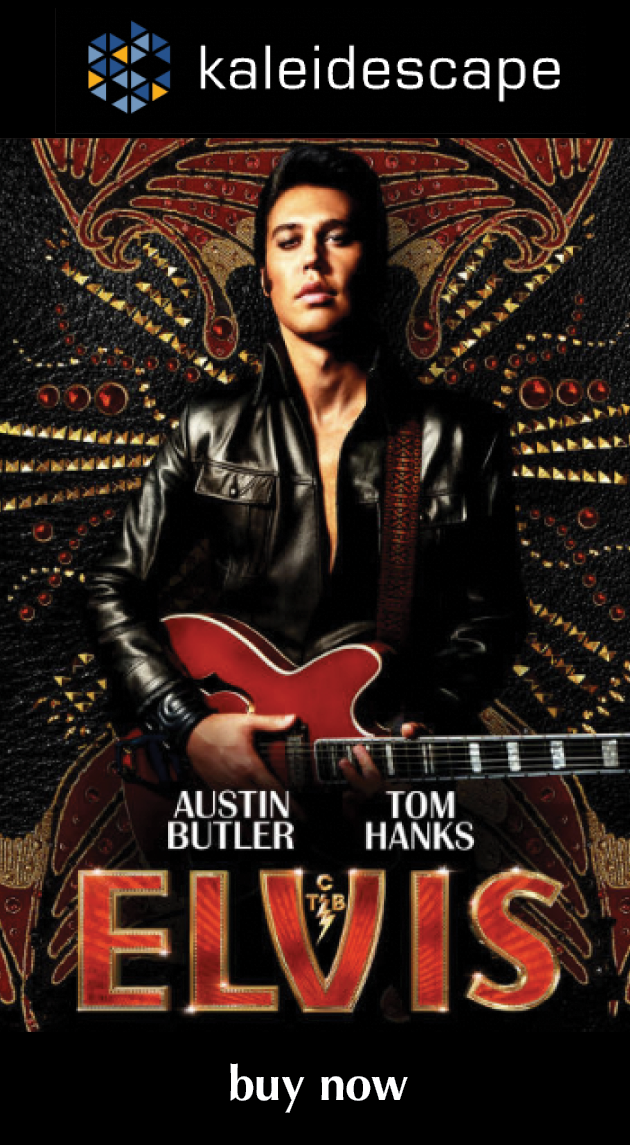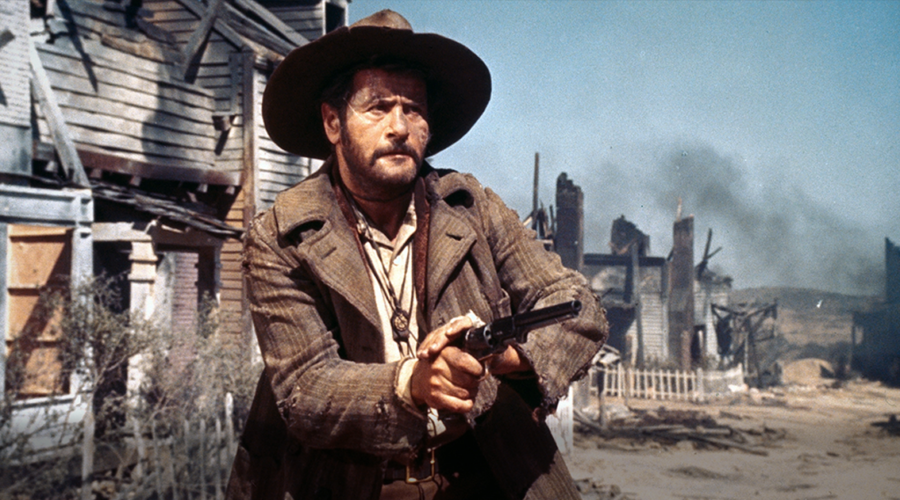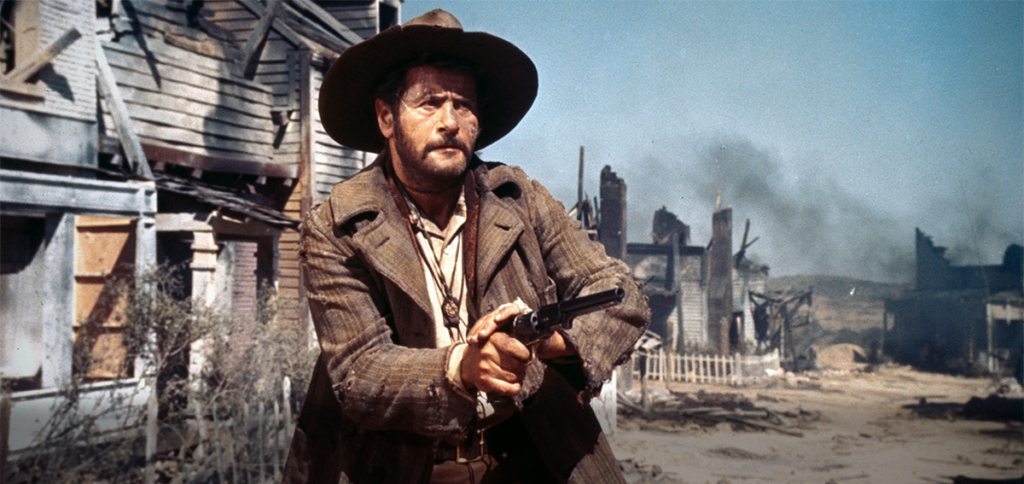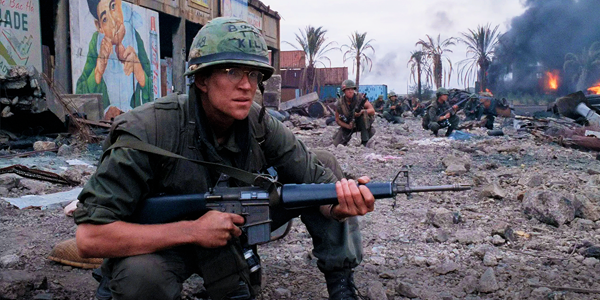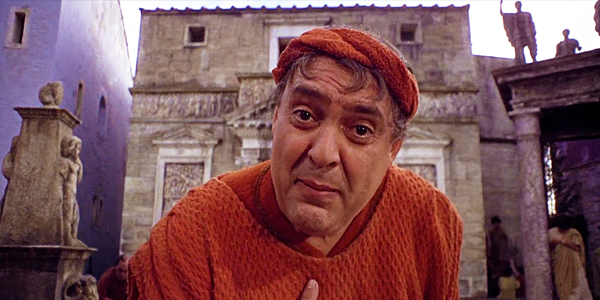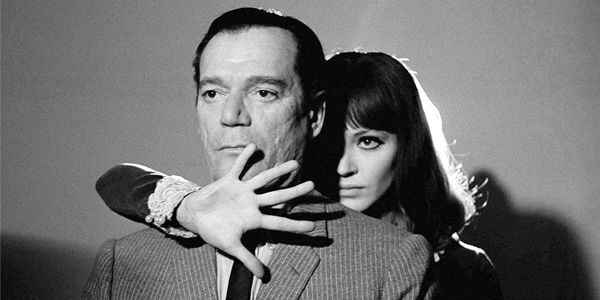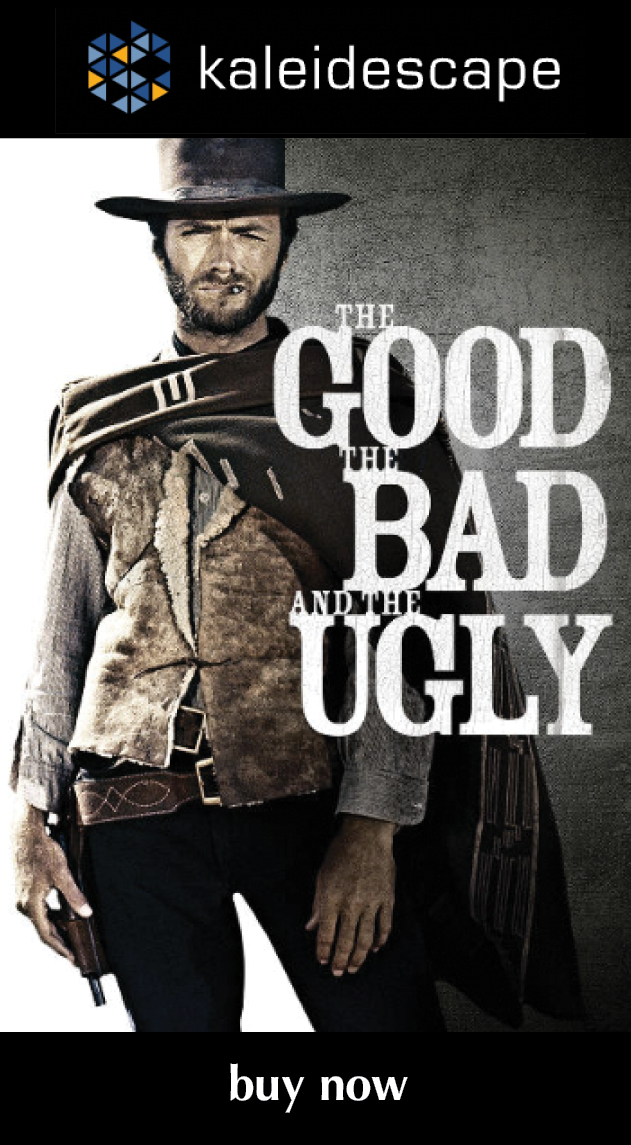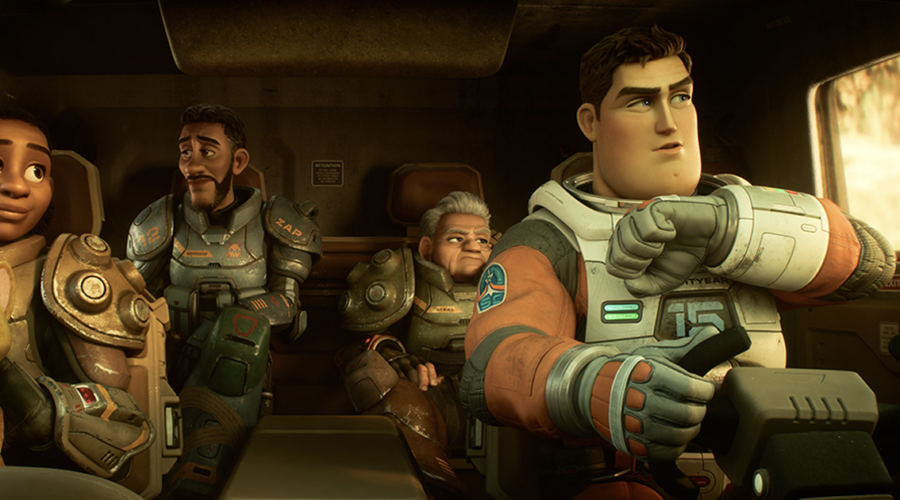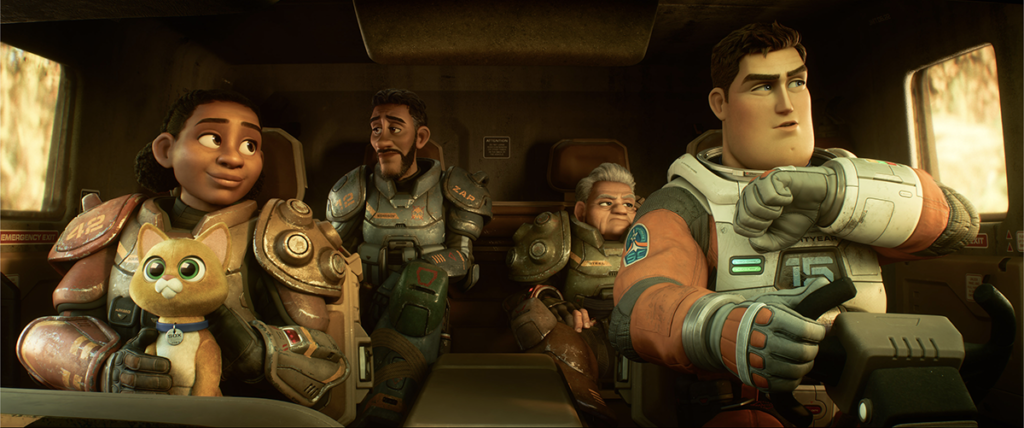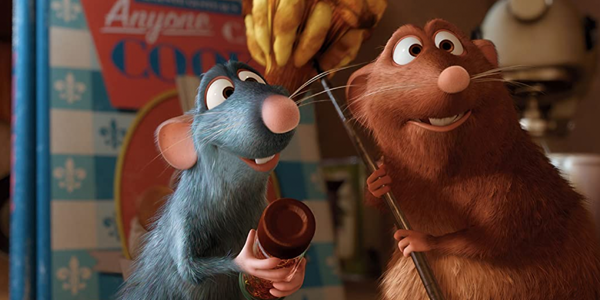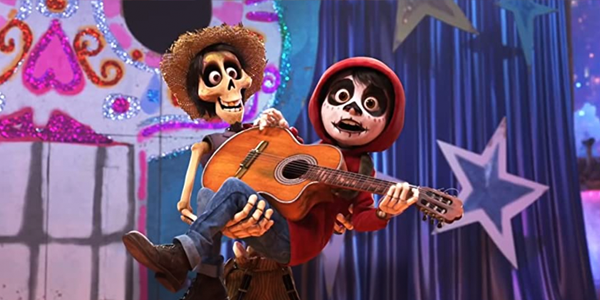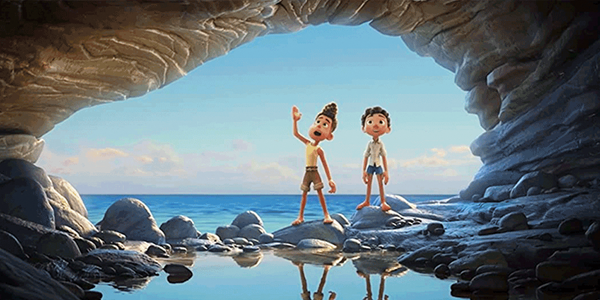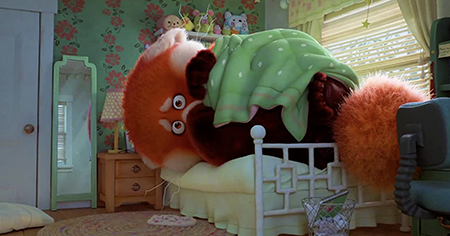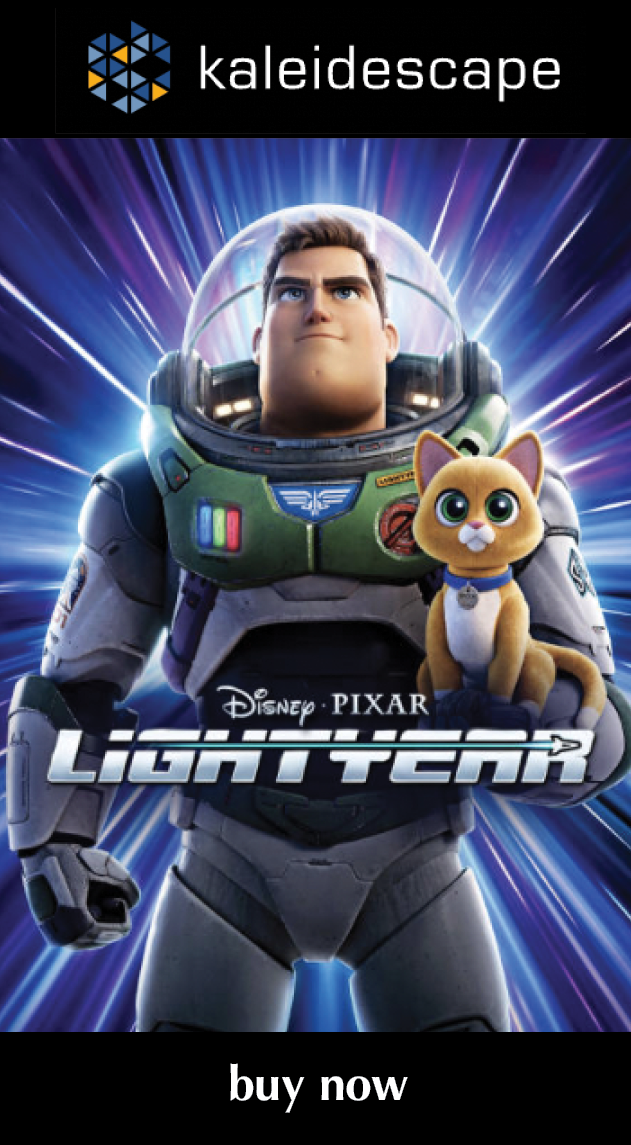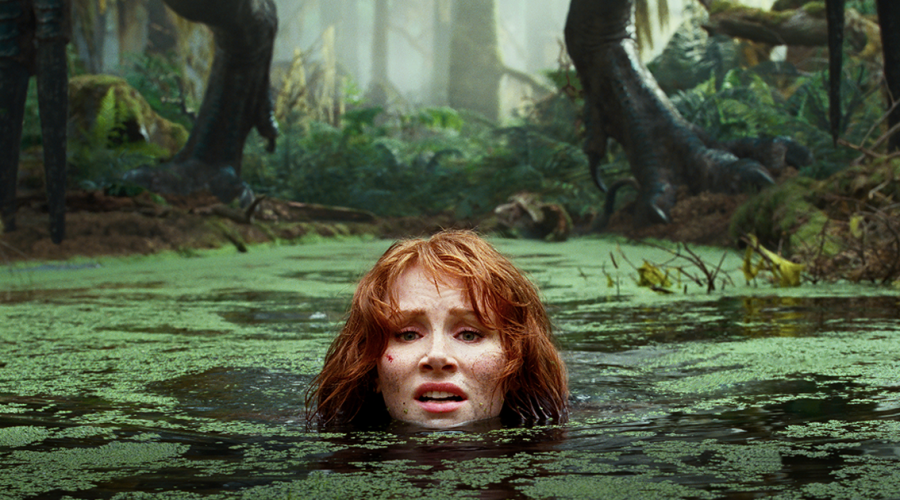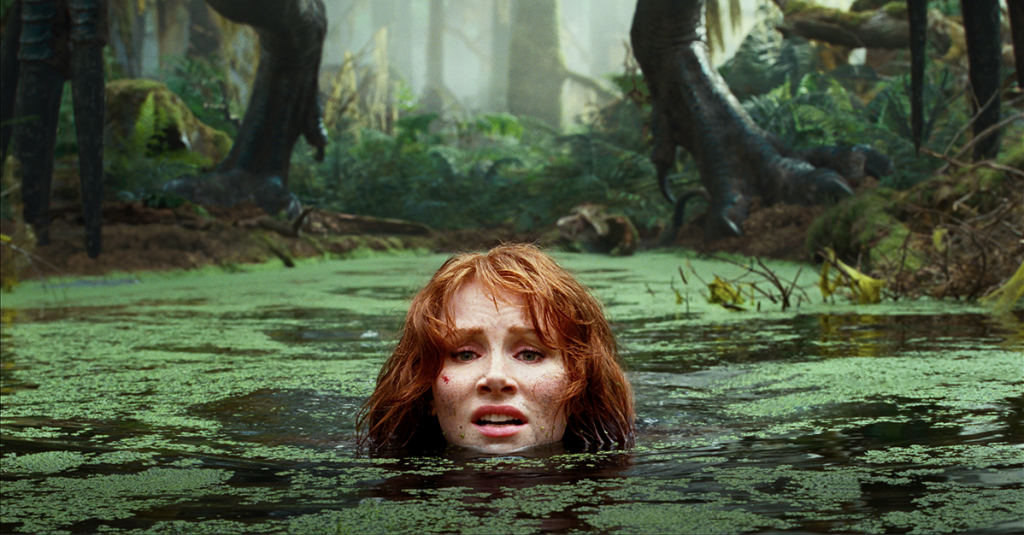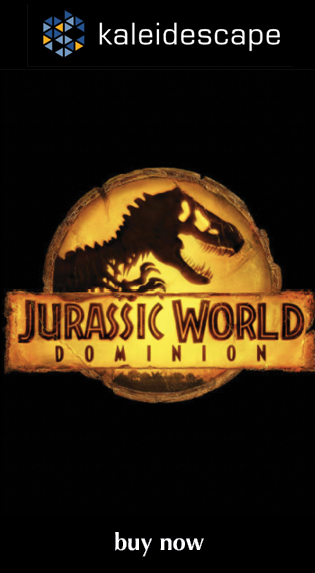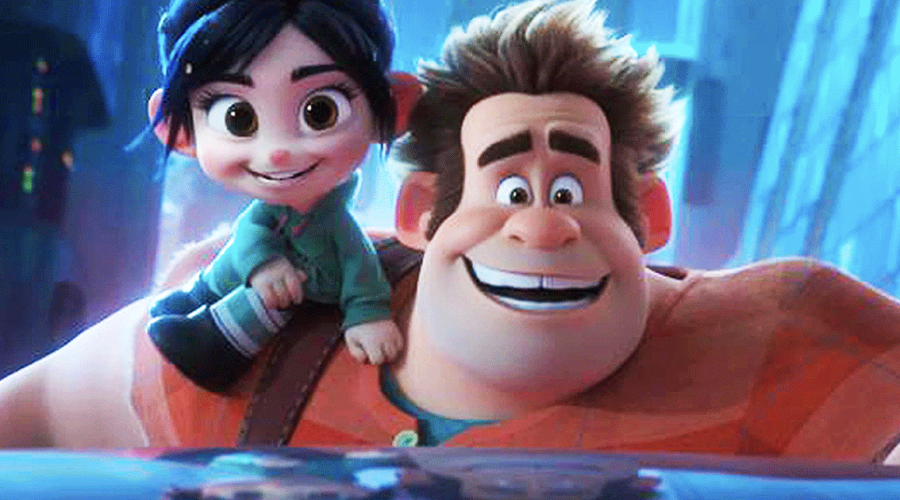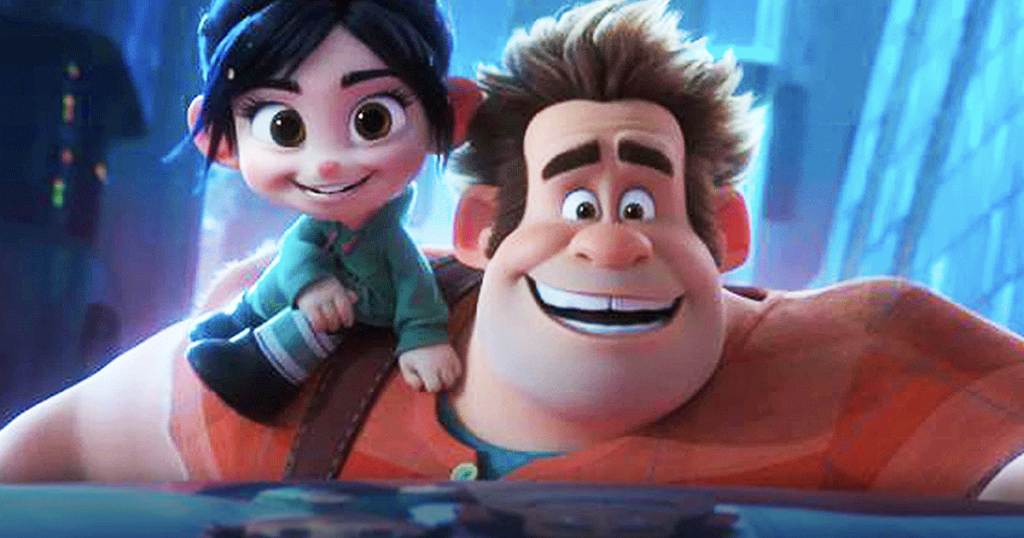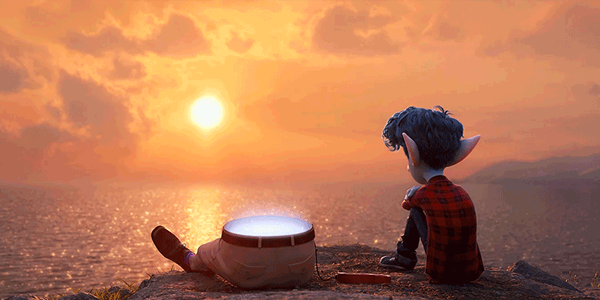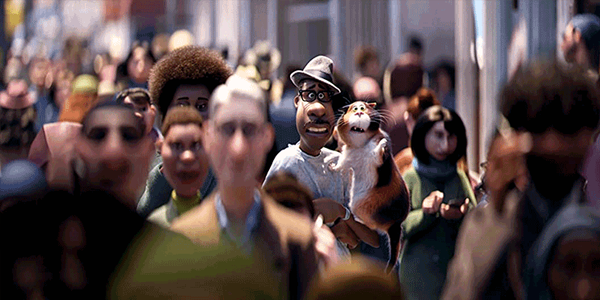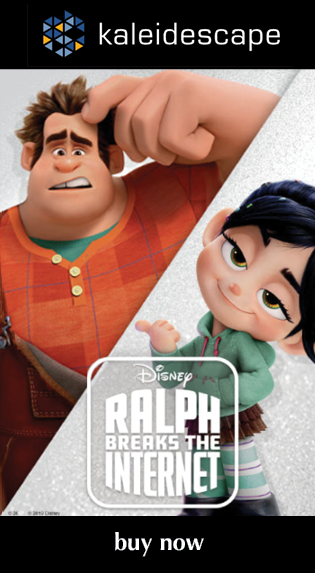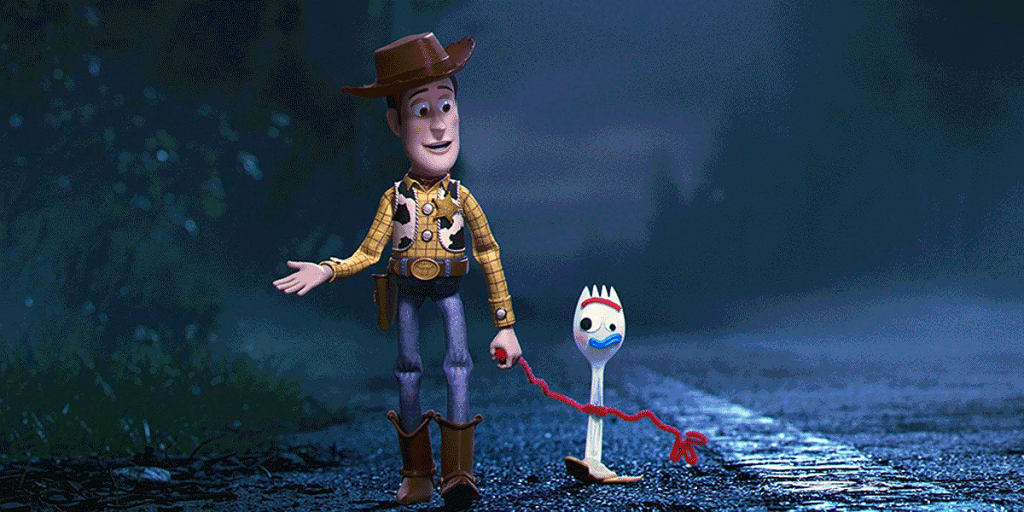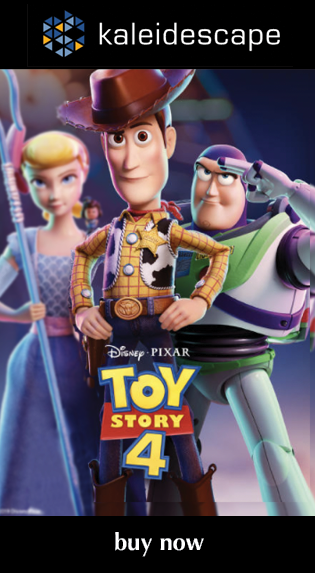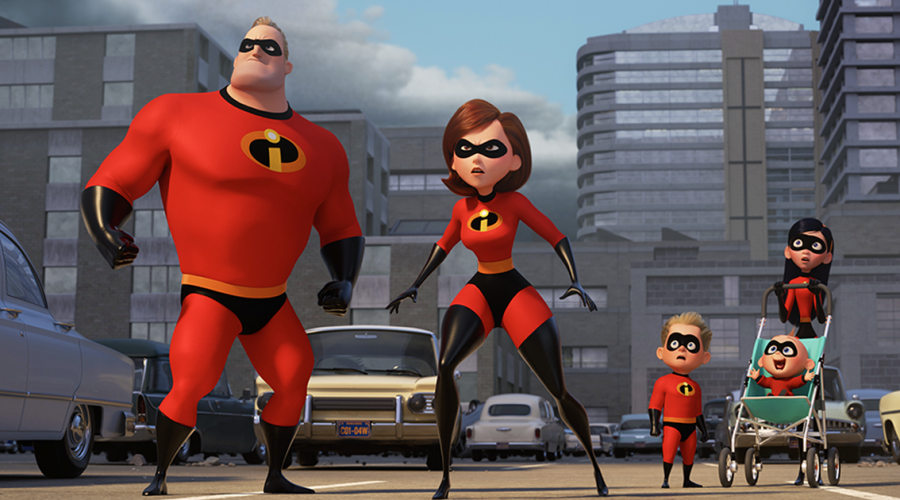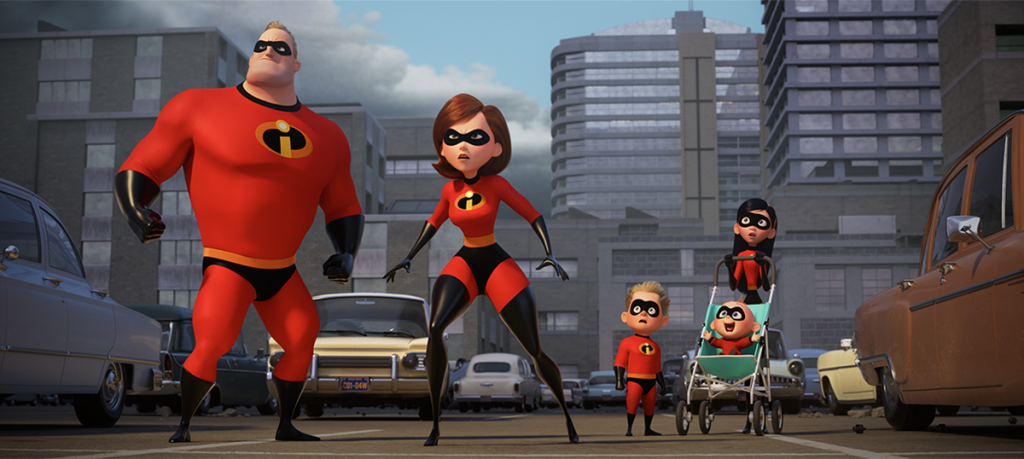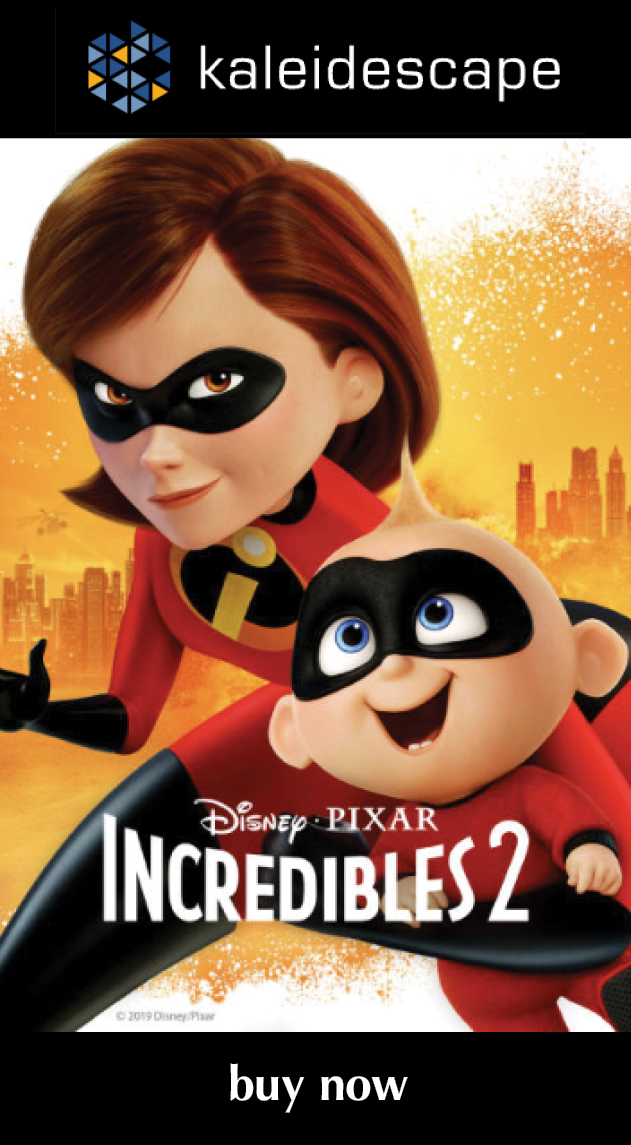Review: Thor: Love and Thunder
also on Cineluxe
Sign up for our monthly newsletter
to stay up to date on Cineluxe
Lots of humor, some character development, and Christian Bale as a new villain help keep this latest installment in the Thor saga engaging
by John Sciacca
September 12, 2022
With Thor: Love and Thunder, Thor (Chris Helmsworth) now has the most standalone films of any hero in the Marvel Cinematic Universe with four. Thor definitely took on a more humorous bent in the previous standalone film, Thor: Ragnarok, directed by Taika Waititi, who returns here as both writer and director, and to continue voicing Korg, the Kronan rock-man introduced in Ragnarok. With Ragnarok, Waititi interjected some humor to lighten the mood and bring more of Hemsworth’s personality to the role, and one of the criticisms of Love and Thunder is that the humor has gone too far, nearly becoming an outright slapstick comedy.
While the comedy is definitely still here and pretty pervasive, I feel like it just continues the evolution of Thor and calling it slapstick is overly harsh. While some things like the repeated gag of the giant screaming goats and the odd love triangle between Thor, his old weapon Mjölnir, and his new weapon Stormbreaker, might wear thin on some, they weren’t enough to ruin the film for me. The best touchstone would be how you felt about the humor in Ragnarok or how Thor related to Peter Quill/Star-Lord (Chris Pratt) in Avengers: Endgame. If you enjoyed that, you’ll likely enjoy Love and Thunder.
To me, Thor’s comedy style is best summed up in these lines from a Love and Thunder deleted scene:
Star-Lord: “Remember when you told us that this was going to be a safe vacation? I said, ‘Are you certain?’ You said, ‘Oh, yeah. 100%.”
Thor: “Out of 1,000%.”
I loved the interplay between Thor and Star-Lord and wish there would have been more time to explore that relationship, and I thought it was great Matt Damon and Luke Hemsworth returned to reprise their rolls of Actor Loki and Thor from Ragnarok.
One thing I did find an odd choice was the repeated use and references to the band Guns N’ Roses. It’s almost like Waititi was listening the GNR’s greatest hits on repeat while writing the movie and just fanboyed out. Four different GNR hits play over pivotal points and then again over the end credits, and another character says they have changed their name to Axl, “a singer from a popular band [he] heard on Earth,” along with having GNR posters in his room. Frankly, it’s a bizarre amount of product placement for a rock band in a superhero movie.
The last time we saw Thor in Endgame, he was depressed over his failure with Thanos. He had been drinking and over-eating, and became what is referred to as “Fat Thor” by the fandom. At the film’s end, he turned rulership of New Asgard over to King Valykrie (Tessa Thompson) so he could head off and become part of the Guardians of the Galaxy crew and find himself again.
While Marvel has made the mid- and end-credits scenes an expectation among fans, Love and Thunder includes, I believe, the first pre-title scene in MCU history. Here we are introduced to Gorr (Christian Bale), a mortal being who has lost faith in the gods after his daughter, Love (India Rose Hemsworth), dies. Gorr takes possession of the god-killing Necrosword and with it he becomes the God Butcher, swearing to kill off all gods across the galaxy.
Thor has turned his dad bod back into a god bod, and he is still with the Guardians of the Galaxy (though far too briefly) before returning to New Asgard to help protect it against Gorr. There he’s reunited with his true love, Dr. Jane Foster (Natalie Portman), who we last saw briefly in Endgame, and who is now battling stage-four cancer. Foster has also developed a special relationship with Mjölnir, the hammer wielded by Thor until it was shattered by his sister, Hela, in Ragnarok.
While Bale/Gorr started off reminding me of a War boy from Mad Max: Fury Road, his practical makeup (apparently taking three and a half to four hours a day) and actual shaved head make for a creepy and compelling villain, and his intensity definitely elevates the stakes and counterbalances some of the humor.
Shot at a 4.5K resolution, the home transfer is taken from a 4K digital intermediate, and images looked sharp and clean. While the Kaleidescape download features a constant 2.39:1 aspect ratio that will be preferred by front-projection owners, the Disney+ stream offers the ability to watch in IMAX Enhanced, which features some scenes in 1.90:1. While these aspect-ratio switches aren’t as engaging as in Top Gun: Maverick, the expanded ratio did make the scenes in Omnipotence City a bit more engaging.
In the opening, there is a stark contrast between the actors in the foreground and the deep sandy landscape behind them that has terrific depth. You can really appreciate the texture and detail in Bale’s makeup, letting you see the fine lines and pores in his head in closeups. You can also appreciate the design and opulence of Omnipotence City, where the gods live, and the incredible depth and scale of many shots there.
There are many instances where HDR helps to improve the picture quality. Whether it’s small effects like the crackling of electricity sparkling on Stormbreaker or Mjölnir or called down from the heavens, bright white lights gleaming in a dark sky, the flames burning in New Asgard, the glint of gold off of chest armor, or the rainbow-colored Bifrost Thor summons. There are also some vivid colors throughout, like the deeply saturated red of Thor’s cape, or the gleaming metallic blue of his armor, or some wonderful golden sunsets, and the blues and pinks of space clouds.
But the film’s true HDR tour de force is near the end when the group arrives at the Shadow Realm. Here nearly all color is drained, and images take on an incredibly contrasty black & white effect, with deep inky blacks against vibrant whites and occasionally bright flashes of color. These scenes look fantastic and are truly reference-quality.
One of the big reasons I opted for the Kaleidescape download over a Disney+ stream was for the Dolby TrueHD Atmos soundtrack. While not as aggressive a mix as you might hope for a big-budget superhero film, it’s still pretty engaging, with loads of surround activity and plenty of overhead fill that helps to establish the sonic space. There are scenes where you’ll hear the hum of Mjölnir flying around the room, winds and sands swirling around, the boom and echo of voices in large halls, the creeping movements of the shadow monsters, thunder rolling across the skies, or Zeus’s (Russell Crowe) lightning bolt whizzing past and exploding.
There’s plenty of deep and authoritative bass, and here the Kaleidescape download far surpassed the Disney+ experience in weight, impact, and punch, delivering truly tactile low end. You really feel the bass kick in with the first big Guns N’ Roses track and then to further accentuate the big battles, hammer/sword strikes, and explosions.
Of course, stick around for a mid-credits scene that points towards Thor’s next adventure, as well as an end-credits scene that gives some closure for a couple of main characters.
If you go into Thor: Love and Thunder predisposed to hating it and wanting to pick apart all the jokes and humor, you’ll probably find plenty of fodder. But go in expecting to have a good time, to be wowed by some beautiful and stunning visuals, and to enjoy some dynamically deep bass, then you probably will.
Probably the most experienced writer on custom installation in the industry, John Sciacca is co-owner of Custom Theater & Audio in Murrells Inlet, South Carolina, & is known for his writing for such publications as Residential Systems and Sound & Vision. Follow him on Twitter at @SciaccaTweets and at johnsciacca.com.
PICTURE | The kind of clean, sharp images you’ve come expect from a 4K transfer, with HDR providing an able assist with highlights and vibrant colors, and in a striking black & white scene near the end
SOUND | The Atmos mix isn’t as aggressive you’d expect from a superhero film but is still engaging, with lots of surround activity, overhead fill, and deep bass
© 2023 Cineluxe LLC
